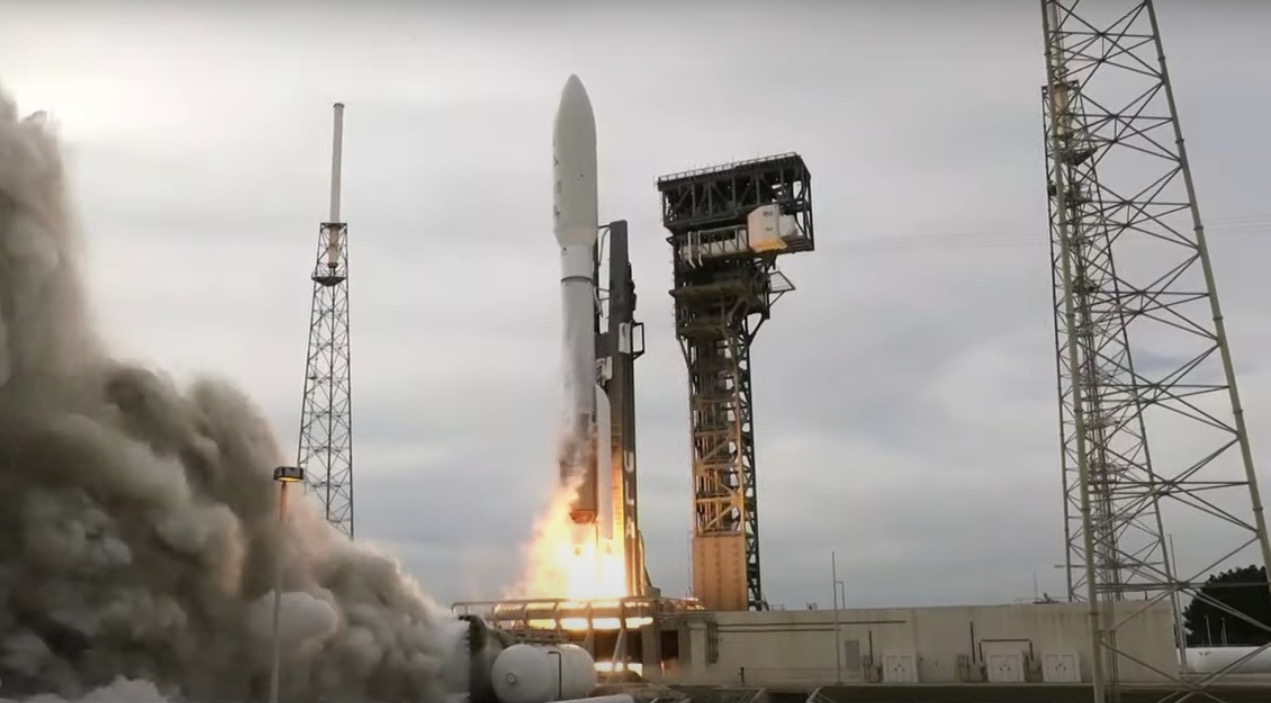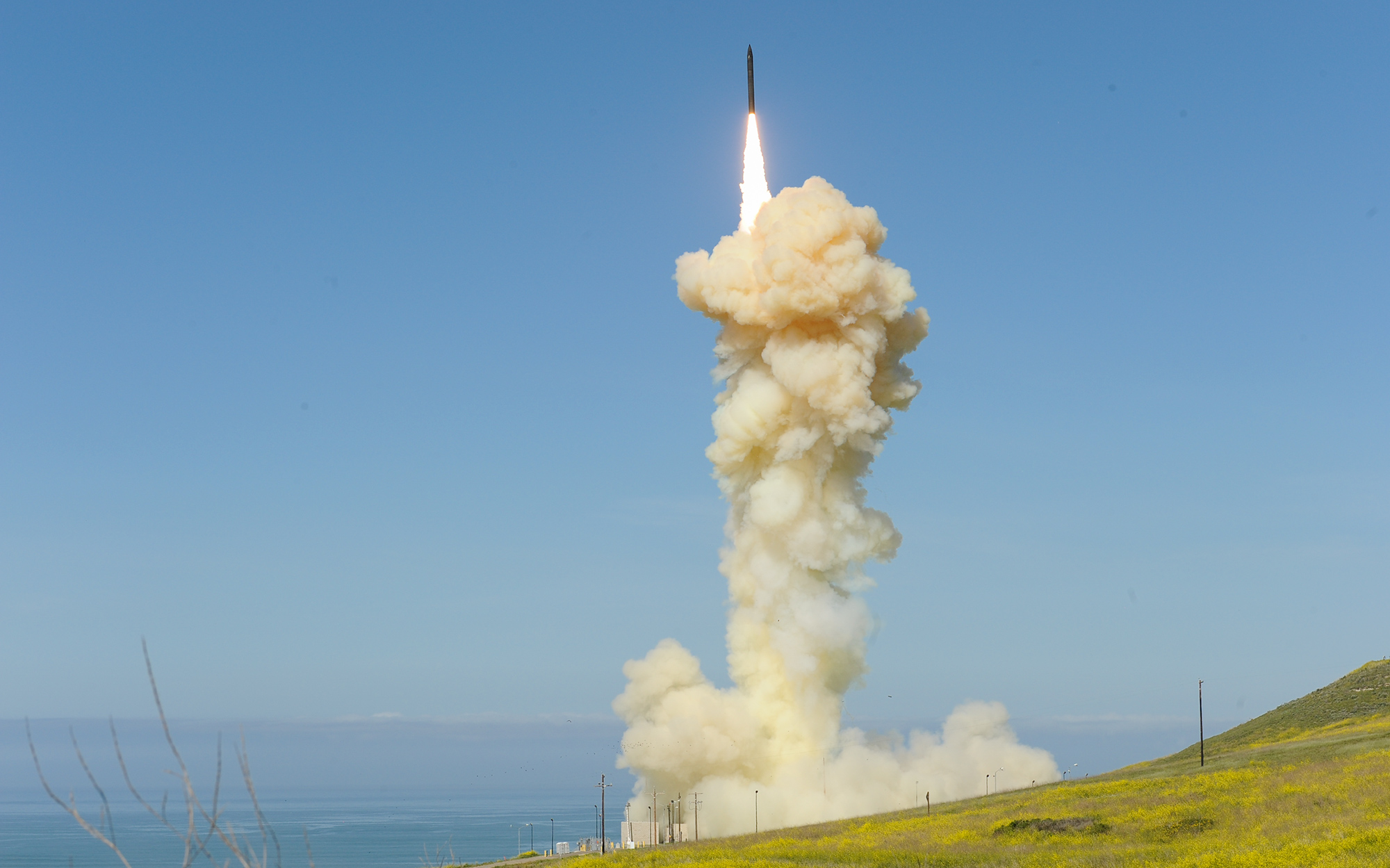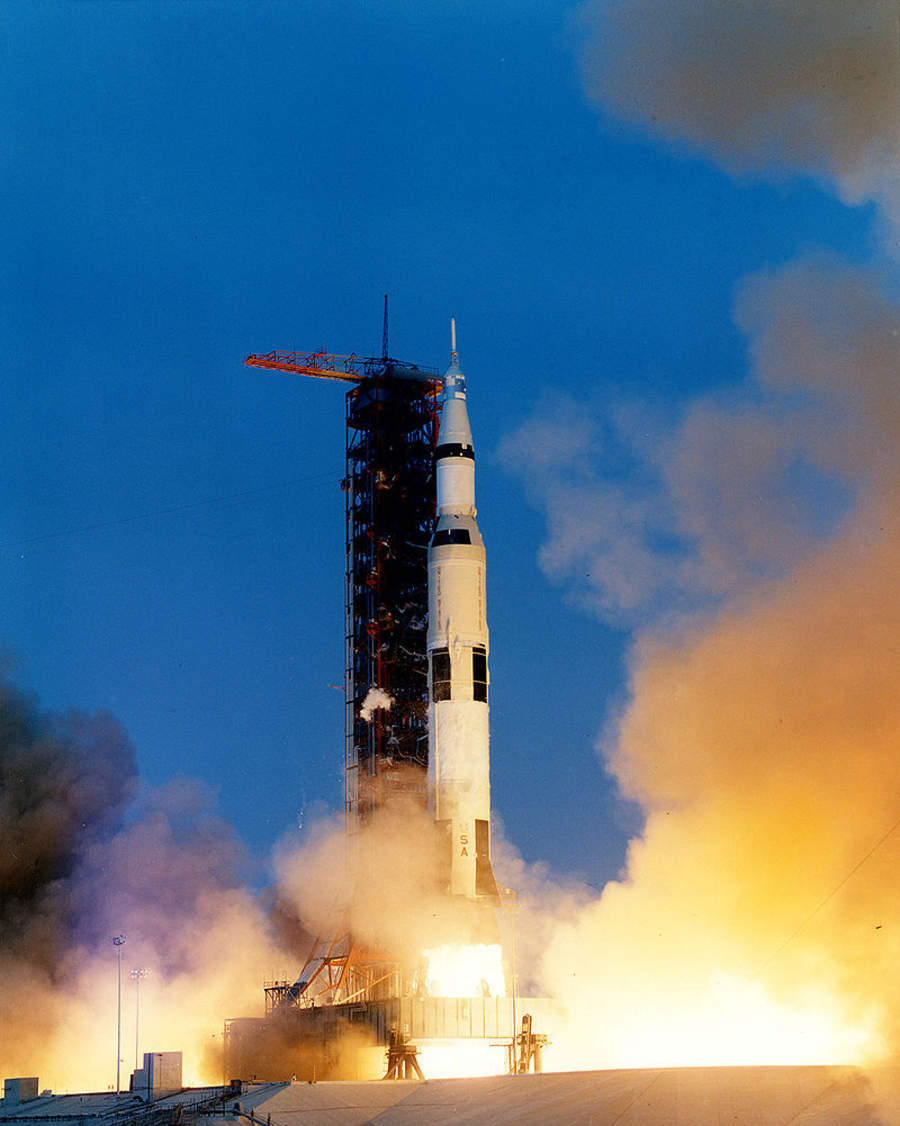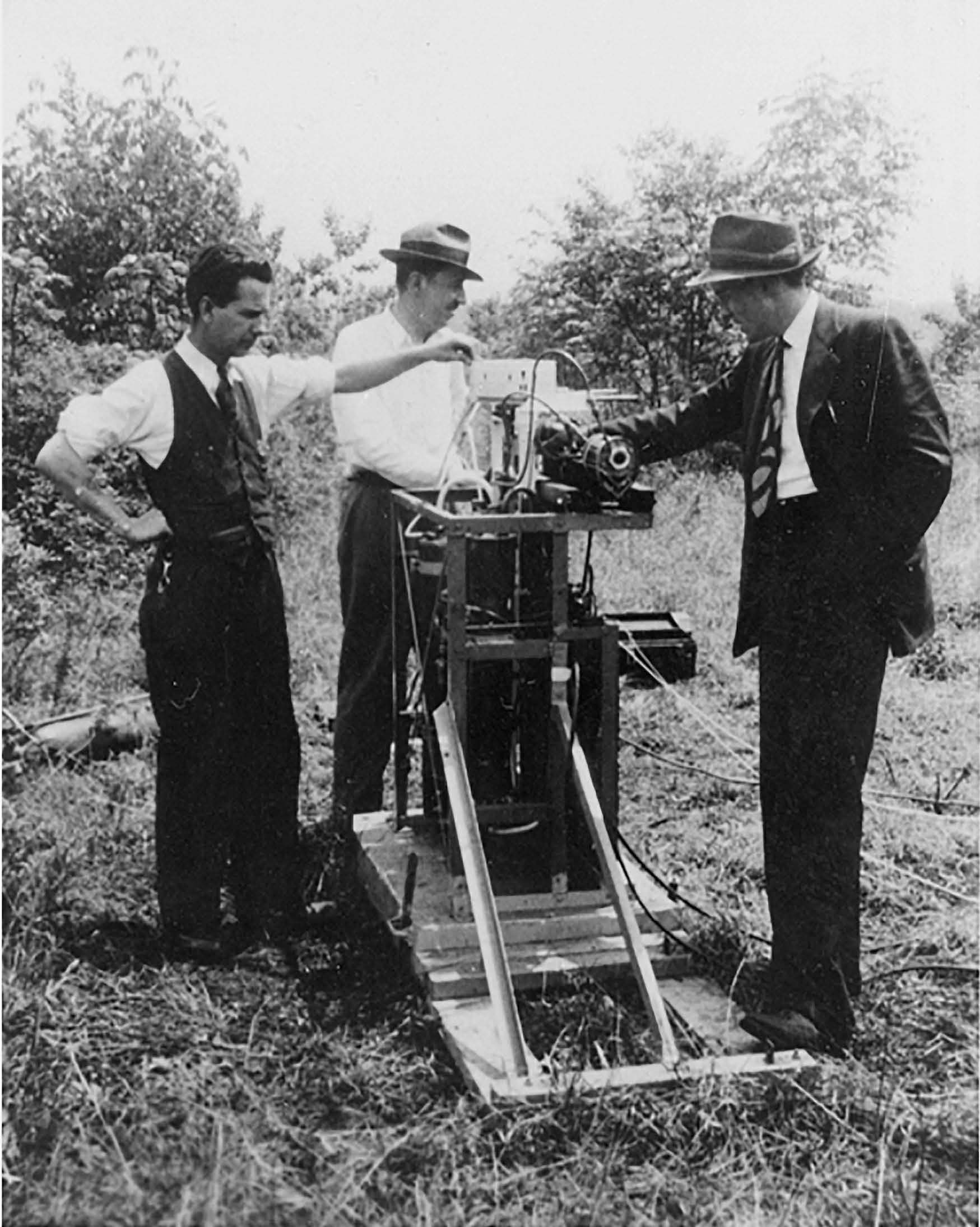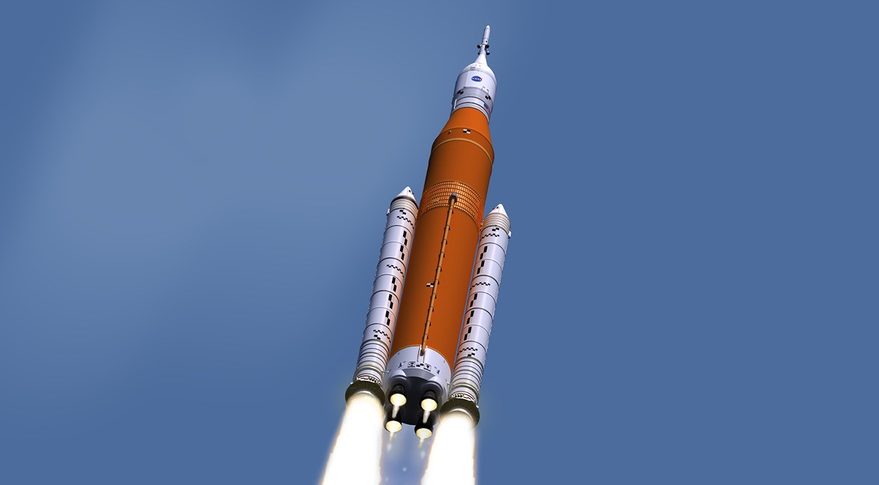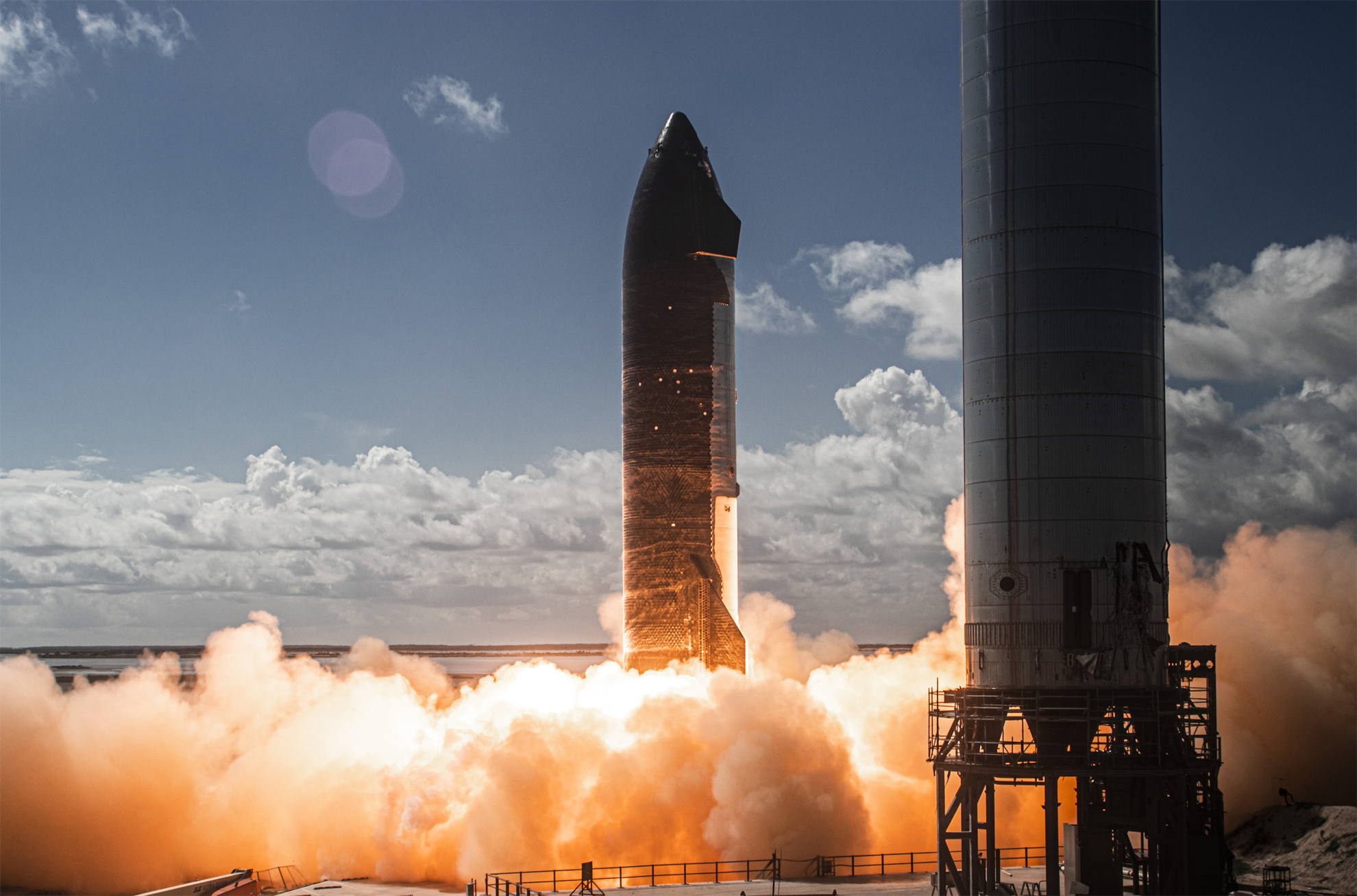The history of rockets
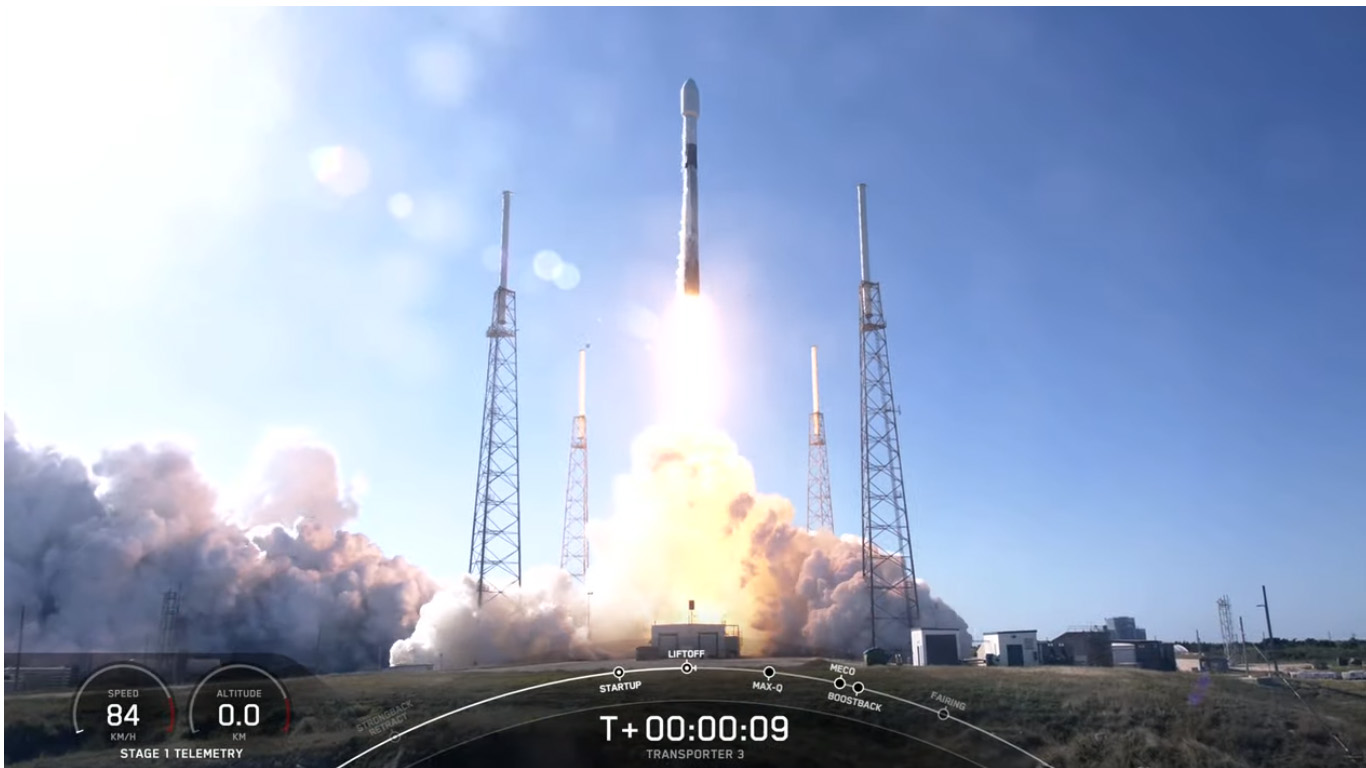
The principles of rocketry were first tested more than 2,000 years ago, but it's only been within the past 70 years or so that we have built rockets to explore space.
Today, rockets routinely loft spacecraft off Earth, sending satellites to low-Earth orbit or cargo to the International Space Station. And with the commercial space industry booming, astronauts now regularly travel to and from the orbiting lab, carrying scientific experiments with them.
New developments have even seen reusable rockets become common, landing back on Earth autonomously, ready to be used again.
Early rocketry
There is evidence that rocket technology, or the early fundamentals of rocketry, was used thousands of years ago, as early as 400 B.C., for example.
In an experiment at that time, Archytas, a Greek philosopher and mathematician, showed off a pseudo-rocket: a wooden pigeon suspended on wires. The pigeon was propelled by escaping steam, according to NASA.
Around 300 years after the pigeon experiment, the Greek mathematician Hero of Alexandria is said to have invented the aeolipile (also called Hero's engine), NASA added. This is a sphere-shaped device that sat on top of a boiling pool of water. Gas from the steaming water went inside of the sphere and escaped through two L-shaped tubes on opposite sides. The escaping steam created thrust that would make the sphere rotate.
Further developments in early rocket technology were recorded in the 9th century when Chinese monks developed what is now called "gunpowder," a mixture of saltpeter (potassium nitrate), sulfur and charcoal. Saltpeter was theorized to have life-extending properties and it was that interest in seeking a sort of immortality that helped lead to gunpowder's development, according to ThoughtCo.
Breaking space news, the latest updates on rocket launches, skywatching events and more!
"During the Tang Dynasty, around 850 A.D., an enterprising alchemist — whose name has been lost to history — mixed 75 parts saltpeter with 15 parts charcoal and 10 parts sulfur. This mixture had no discernable life-lengthening properties, but it did explode with a flash and a bang when exposed to an open flame," ThoughtCo wrote.
"According to a text from that era," ThoughtCo continued, "smoke and flames result, so that [the alchemists'] hands and faces have been burnt, and even the whole house where they were working burned down."
The first military use of rocket technology was also recorded in China later in 1232 CE, according to Smithsonian Magazine. The Chinese used "flying fire lances" against the Mongol Empire as they moved against the former Chinese capital Kaifeng. (Today, it is a prefecture in Henan province.)
Smithsonian researchers led by Frank Winter, former curator of rockets at the Smithsonian’s National Air and Space Museum, dug deeper into these early "rockets" and discovered that the lances arose from a more modest device called the "ground rat" in the 12th century, described in a book called Rustic Tales in Eastern Ch’i (Ch’in yeh-yu).
The "ground rat" was a self-propelled device that was more like a firework, "made from a bamboo tube filled with gunpowder that shot about in all directions on the floor," Smithsonian Magazine wrote. "During a royal banquet in the 13th century, the wife of Emperor Li Chung was terrified when a ground rat scurried beneath her chair. The festivities abruptly ended and those responsible for the firework display were imprisoned."
Roger Bacon, a Franciscan English philosopher and monk who dabbled in experimental science, is the first person on record in what some call "Western science" to provide directions for making gunpowder, according to Britannica. In the 1200s, he speculated gunpowder might be useful in warfare, foreshadowing the mixture's future name and use in guns the following century.
Meanwhile in China, the possibilities of this new gunpowder and rocket technology sparked a legend surrounding a public official (called a mandarin) named Wan Hu, around 1500 AD.
"As he sat on a chair, the story goes, forty-seven coolies lit forty-seven black-powder rockets that were attached to it. Wan Hu traveled a short distance and then disappeared in an explosion and a cloud of smoke," William E. Burrows wrote in the first chapter of his Pulitzer Prize-nominated book "This New Ocean."
"If it really happened," Burrows mused in the book, "Wan Hu had the triple distinction of being the first person to ride a rocket, the first to fly on a self-propelled, heavier-than-air device, and the first rocket pilot to get killed during a test flight."
A 2004 episode of the television show "Mythbusters" investigated the rocket chair's possibilities on television.
Rockets in theory and practice
By the 16th century, early rocket technology was regularly used in military skirmishes in Asia and Europe as well as in fireworks displays.
While likely many people were musing on rocketry's potential during this era, we'll highlight just a couple. Austrian Conrad Haas created a "treatise" on rocketry technology, including crewed rockets, in the mid-16th century and the work laid undiscovered by historians until 1961, according to the European Union-funded site "Digital Treasures."
A century later, Kazimierz Siemienowicz, a Polish-Lithuanian general of the 17th century, published his book, The Complete Art of Artillery, which included designs for rockets and multistage rockets, NASA says.
"He published a design for multistage rockets that was to become fundamental rocket technology for rockets heading for outer space," the agency wrote in a brief guide to rocketry. "Siemienowicz also proposed batteries for military rocket launching, and delta-wing stabilizers to replace the guiding rods currently in use with military rockets."
Briefly, parallel developments in science and engineering helped contribute to rocketry's development. Italian astronomer Galileo Galilei (1564-1642) first described the property of inertia, which means an object in motion remains in motion while an object at rest remains at rest (outside of something pushing upon it).
Galileo's work previewed the physics pioneered by English scientist Isaac Newton (1642-1727). Newton formulated theories of gravitation and motion that fundamentally redefined how we think about planetary motion and movement through space. Newton's third law of motion, which (simply put) says that every action induces an opposite reaction, underlies the principle of rocketry.
In the early 19th century, Sir William Congreve experimented with numerous rocket designs for military purposes, ultimately coming up with what we today term the "Congreve rocket." Britannica describes the up to 60-pound (27-kg) rocket as stick-guided, meaning that users had a bit of control over its path. Famously, the Americans and the British both used Congreve rockets during the war of 1812; Francis Scott Key's "The Star Spangled Banner" refers to "the rockets' red glare" at the Battle of Fort McHenry.
Meanwhile, French science fiction Jules Verne (1828-1905) envisioned a cannon bringing astronauts to the moon in 1865, just over a century before it actually happened for the first time during Apollo 8 in 1968. It doesn't quite describe rocketry in its modern form, but Verne's vision was influential for rocketry pioneers for generations after its publication.
'Fathers' of rocketry
In the modern era, spaceflight historians often acknowledge three “fathers of rocketry” who helped push the first rockets into space. Admittedly, the term singles out a person who may have been in charge of a large team, and also comes from an era when people were less sensitive about the use of gendered language.
Still, these individuals have a large footprint on the development of rocketry as we understand it today. Only one of the three survived long enough to see rockets being used for space exploration.
Russian Konstantin E. Tsiolkovsky (1857-1935) published what is now known as the “rocket equation” in 1903, which you can read more about in this European Space Agency description of the mathematics. Simply put, the equation concerns relationships between rocket speed and mass, as well as how fast the gas is leaving when it exits the propellant system's exhaust and how much propellant there is.
Robert Goddard (1882-1945) was an American physicist who sent the first liquid-fueled rocket aloft in Auburn, Massachusetts, on March 16, 1926. He had two U.S. patents for using a liquid-fueled rocket and also for a two- or three-stage rocket using solid fuel, according to NASA.
Hermann Oberth (1894-1989) was born in Romania and later moved to Germany; as a Nazi engineer his legacy is complicated given that he worked for an oppressive, racist empire during the Second World War. His studies on multistage rockets were first used for Nazi attacks on Britain using the A4 rocket, better known to us as the V2. The rocket, notes a German museum of Oberth, "utilized 95 of Oberth's inventions and suggestions." Oberth lived well into the space shuttle era, allowing him to see humans fly to space and use early reusable spaceships.
Rockets in early spaceflight
Following World War II, several German and Nazi rocket scientists emigrated to both the Soviet Union and the United States, assisting those countries in the Space Race of the 1960s. In that contest, both countries vied to demonstrate technological and military superiority, using space as the frontier.
The most famous of these engineers was Wernher Von Braun (1912-1977) who was also a Nazi with a complicated legacy. After emigrating to the United States, he became most famous for leading the design of the Saturn V rocket that took people to the moon, and popularizing space travel through Disney productions.
Describing even the early history of rockets and all their milestones is admittedly a book-length endeavor, as it also involves elements such as the so-called Space Race between the United States and the Soviet Union that spurred tremendous and rapid developments in rocketry in just a couple of decades.
The history also includes military history in Germany, the Soviet Union and the United States that underlay the development of space technology, along with the ongoing privatization of rocket development in the United States and later, Europe. A short article unfortunately cannot cover all these developments.
To learn more, you can start with Space.com's history of every crewed spacecraft that ever was used. We also recommend the International Reference Guide to Space Launch Systems by Joseph Hopkins Jr., Joshua Hopkins and Steven Isakowitz.
Here is a quick timeline of the first few years of rocketry: A rocket was used for the first time to send something into space on the Sputnik rocket mission, which launched the Soviet satellite Sputnik 1 on Oct. 4, 1957. The United States used a modified Jupiter-C military rocket (called Juno-1) to heft its Explorer 1 satellite into space on Feb. 1, 1958, following an infamous disaster with another, largely untested rocket type.
It took several more years before either country felt confident enough to use rockets to send people into space; both countries started with animals (monkeys and dogs, for example). Russian cosmonaut Yuri Gagarin was the first human in space, leaving Earth on April 12, 1961, aboard a Vostok-K rocket for a multiorbit flight. About three weeks later, Alan Shepard made the first American suborbital flight on a Redstone rocket. A few missions later in NASA's Mercury program, the agency switched to Atlas rockets to achieve orbit, and in 1962, John Glenn became the first American to orbit Earth.
When aiming for the moon, NASA used the Saturn V rocket, which, at 363 feet tall, included three stages — the last one designed to be powerful enough to break away from Earth's gravity. The rocket successfully launched six moon-landing missions between 1969 and 1972. The Soviet Union developed a moon rocket called N-1, but its program was permanently suspended after multiple delays and problems, including a deadly explosion.
NASA's space-shuttle program (1981 to 2011) used solid rockets for the first time to boost humans into space, which is notable, because unlike liquid rockets, they cannot be turned off. The shuttle itself had three liquid-fueled engines, with two solid rocket boosters strapped on the sides. In 1986, a solid rocket booster's O-ring failed and caused a catastrophic explosion, killing seven astronauts aboard the space shuttle Challenger. The solid rocket boosters were redesigned after the incident.
Rockets have since been used to send spacecraft farther into our solar system: past the moon, Venus and Mars in the early 1960s, which later expanded into the exploration of dozens of moons and planets. Rockets have carried spacecraft throughout the solar system so that astronomers now have imagery of every planet (as well as the dwarf planet Pluto), many moons, comets, asteroids and smaller objects. And, because of powerful and advanced rockets, the Voyager 1 spacecraft was able to leave our solar system and reach interstellar space.
Rockets of today and tomorrow
Several companies in many countries now manufacture uncrewed and crewed rockets — the United States, India, Europe, China and Russia, to name a few — and routinely send military and civilian payloads into space. Each of these countries has their own complex history of rocketry across many booster types, which often come with numerous variants for heavier loads or smaller loads, or different celestial destinations.
Meanwhile, crewed spaceflight continues to proliferate. The Russians have used variants of their Soyuz rocket for decades, bringing humans into space across several different versions. NASA now has two streams of rocket providers, one set commercial and one set agency-directed.
For International Space Station missions, the agency is using the SpaceX Crew Dragon system aboard the SpaceX Falcon 9 rocket, modified from a booster variant used for satellites; the hope is to use In the near-future, NASA also plans to use a Northrop Grumman Starliner spacecraft, which would launch aboard either Northrop Grumman's Antares rocket or United Launch Alliance's Atlas V. Further afield, NASA is also developing a Space Launch System to launch astronauts to the moon and potentially (eventually) Mars, following at least one SLS test launch this decade.
Rocket technology continues to change rapidly in private industry, with milestones often accruing in a period of just months. We'll just point to a few trends. SpaceX and Blue Origin have pioneered the use of self-landing rockets. Numerous companies are launching clutches of satellites on a single rocket, as satellite technology continues to improve and miniaturize. Rockets are getting lighter and more adaptable through 3D printing, more efficient fuels and continued improvements in machine learning (artificial intelligence).
As of early 2022, space tourists and commercial astronauts now have choices of several rocket or spaceplane systems developed by Blue Origin, Virgin Galactic and SpaceX. Space tourism may be the trend to watch for the 2020s and 2030s, although for now it is largely confined to the super-rich.
The most high-profile future rocket system in development is Starship and its Super Heavy rocket, a SpaceX project that is expected to bring NASA astronauts to the moon in the short term and settlers to Mars in the much longer term. The system changes quite rapidly between iterations and as of early 2022, it has yet to achieve a spaceflight. But founder Elon Musk has been committed to the project for many years and regularly shares updates on Twitter in between launches.
Additional resources
Bibliography
"Roger Bacon: English Philosopher and Scientist." Theodore Crowley. Britannica. (2022, Jan. 1). https://www.britannica.com/biography/Roger-Bacon
"Brief History of Rockets." NASA. (2021, May 13.) https://www.grc.nasa.gov/www/k-12/TRC/Rockets/history_of_rockets.html
"On the Making of Cannons and Missiles." Gabi Rudinger. Digital Treasures. (2021, Feb. 20). https://www.digitaltreasures.eu/on-the-making-of-cannons-and-missiles/
"The Invention of Gunpowder: A History." Kallie Szczepanski. ThoughtCo. (2019, July 3). https://www.thoughtco.com/invention-of-gunpowder-195160
"Dr. Robert H. Goddard, American Rocketry Pioneer." NASA Goddard Space Flight Center. (2017, Aug. 3). https://www.nasa.gov/centers/goddard/about/history/dr_goddard.html
"Congreve Rocket." The Editors of Encyclopedia Britannica. Britannica. (2014, July 24). https://www.britannica.com/technology/Congreve-rocket/additional-info#history
"The History of Rocket Science." Jimmy Stamp. Smithsonian Magazine. (2013, February.) https://www.smithsonianmag.com/innovation/the-history-of-rocket-science-4078981/
"A Man And An Equation." European Space Agency. (2012, Oct. 14). https://blogs.esa.int/rocketscience/2012/10/14/a-man-and-an-equation/
International Reference Guide to Space Launch Systems, Fourth Edition. Joseph Hopkins Jr., Joshua Hopkins and Steven Isakowitz. (2012, Aug. 27). https://arc.aiaa.org/doi/abs/10.2514/4.475917
"Hermann Oberth." Hermann Oberth Raumfahrt Museum. (n.d.) http://www.oberth-museum.org/index_e.html
"A Pictorial History of Rockets." NASA Marshall Spaceflight Center. (n.d.) https://www.nasa.gov/centers/marshall/pdf/530422main_Pictorial%20History%20of%20Rockets.pdf

Elizabeth Howell (she/her), Ph.D., was a staff writer in the spaceflight channel between 2022 and 2024 specializing in Canadian space news. She was contributing writer for Space.com for 10 years from 2012 to 2024. Elizabeth's reporting includes multiple exclusives with the White House, leading world coverage about a lost-and-found space tomato on the International Space Station, witnessing five human spaceflight launches on two continents, flying parabolic, working inside a spacesuit, and participating in a simulated Mars mission. Her latest book, "Why Am I Taller?" (ECW Press, 2022) is co-written with astronaut Dave Williams.

